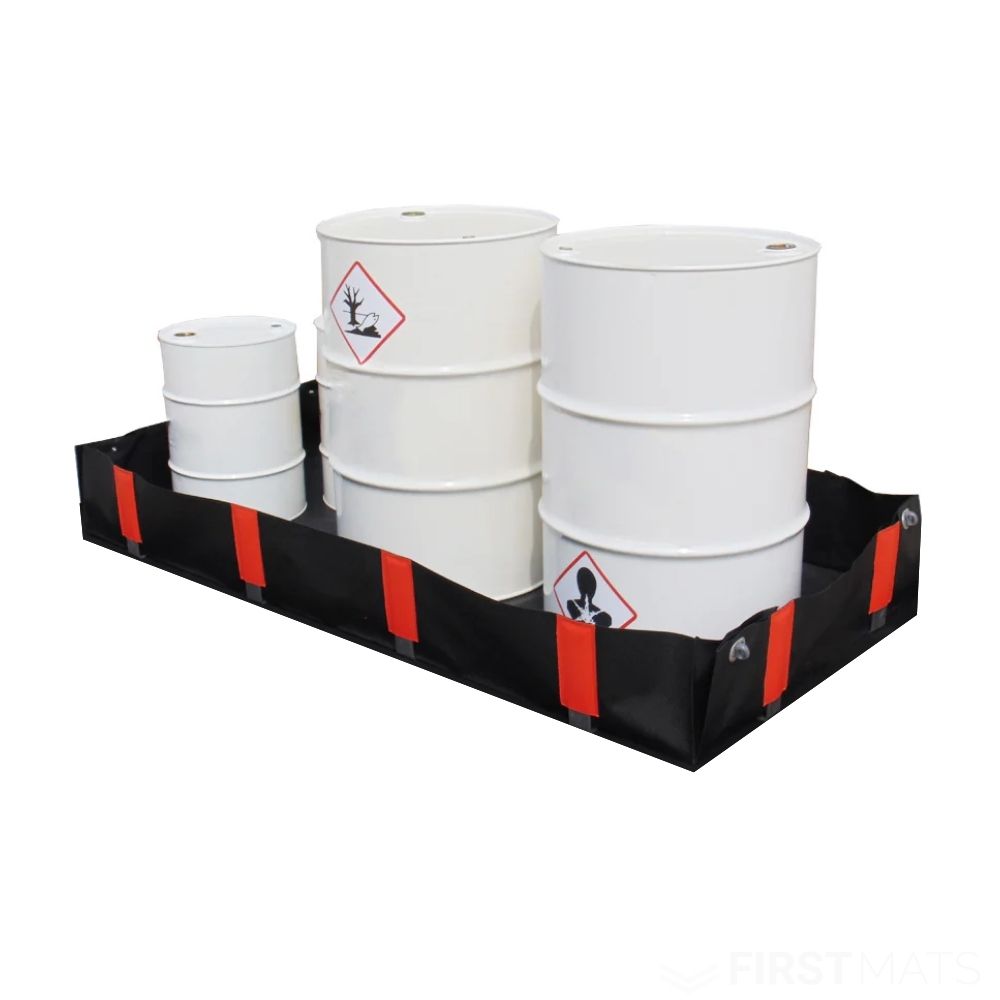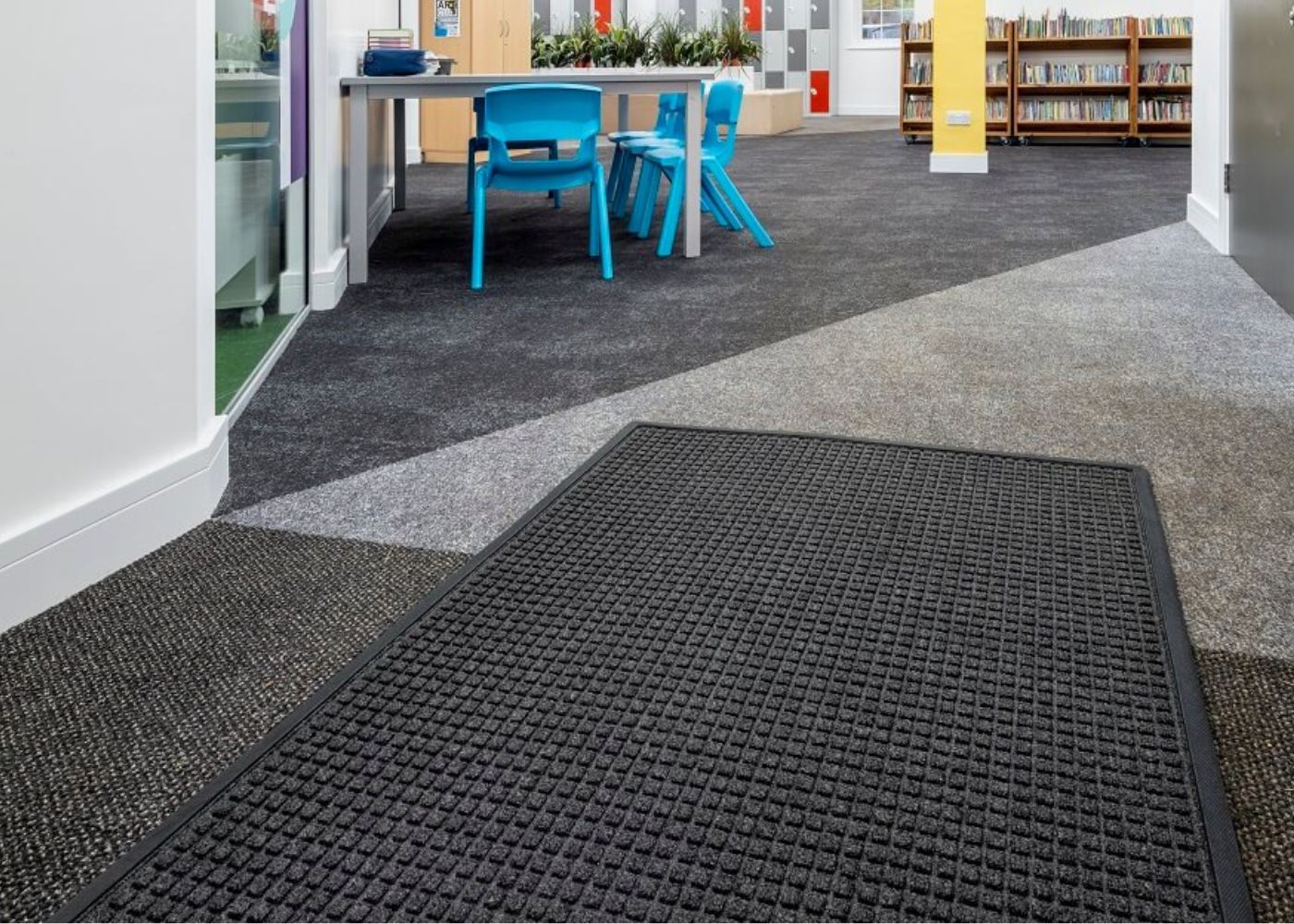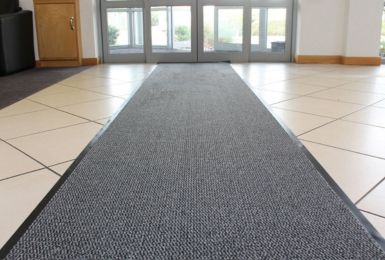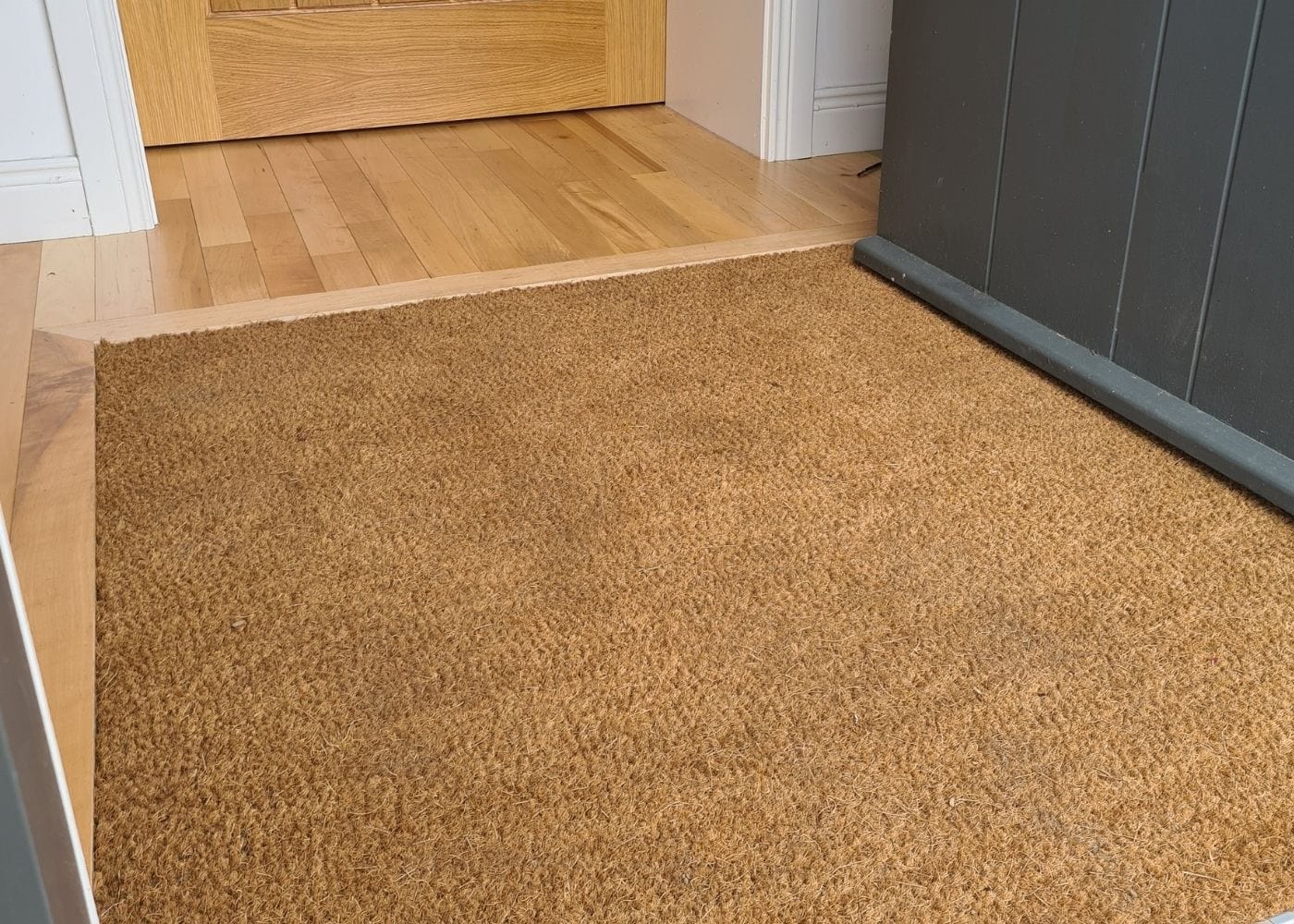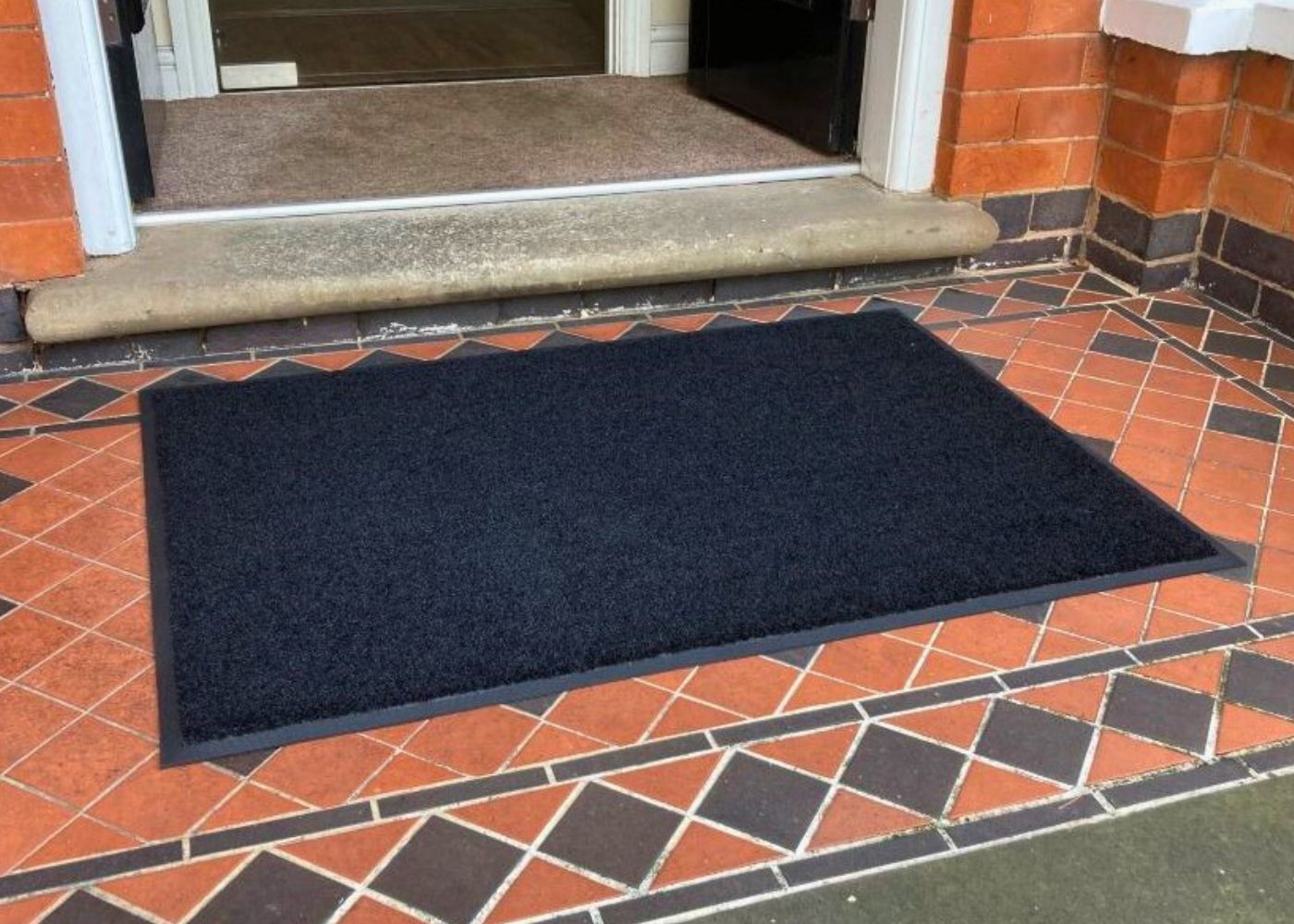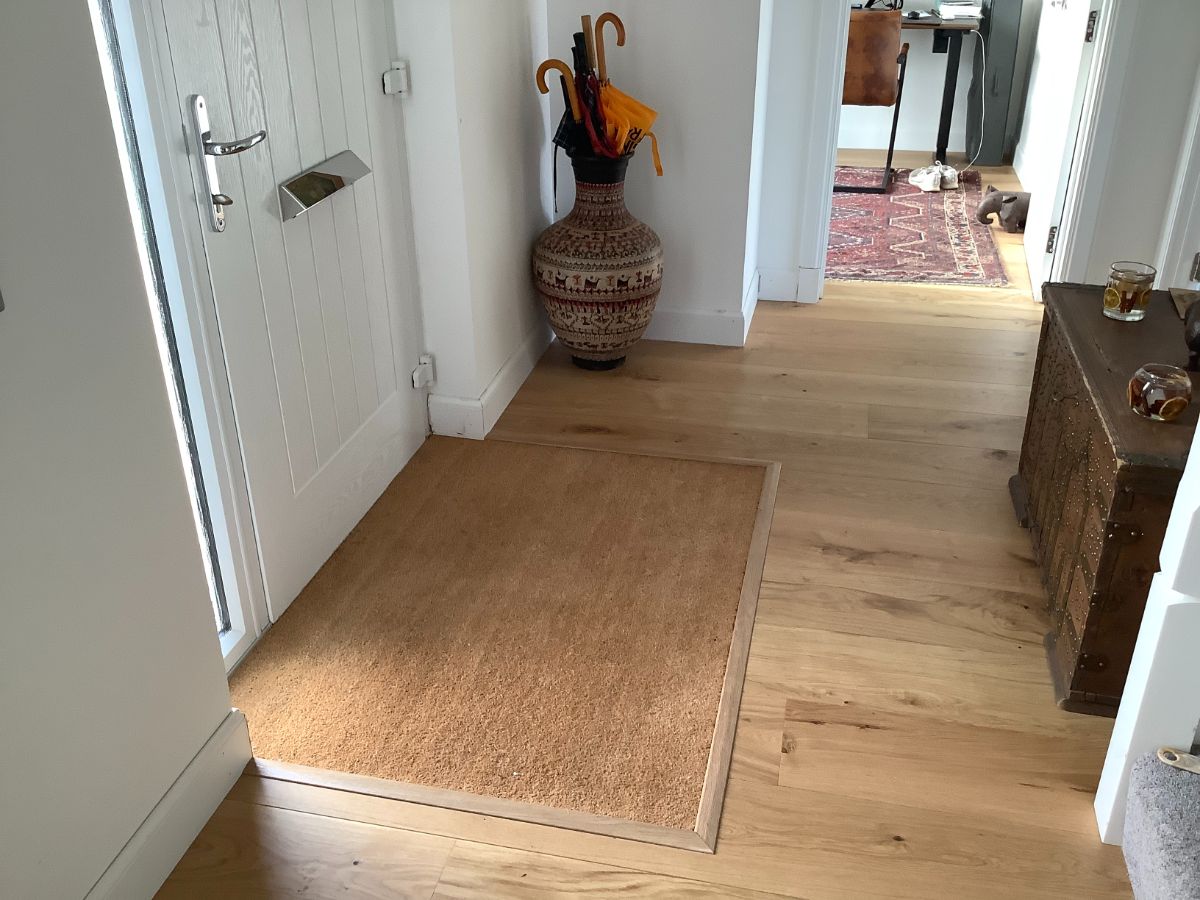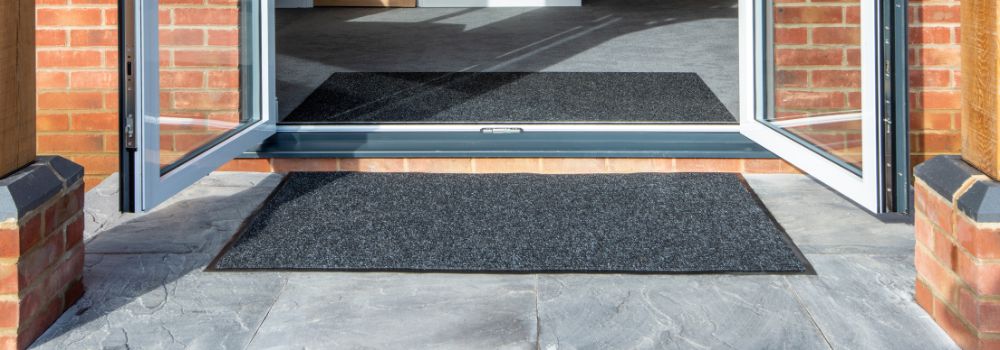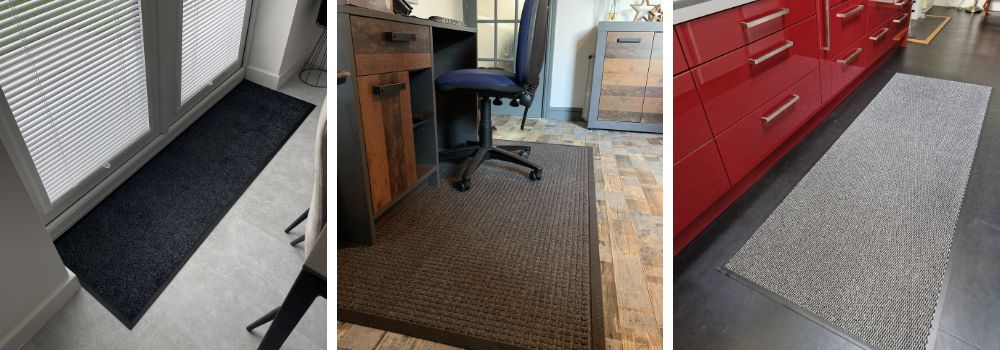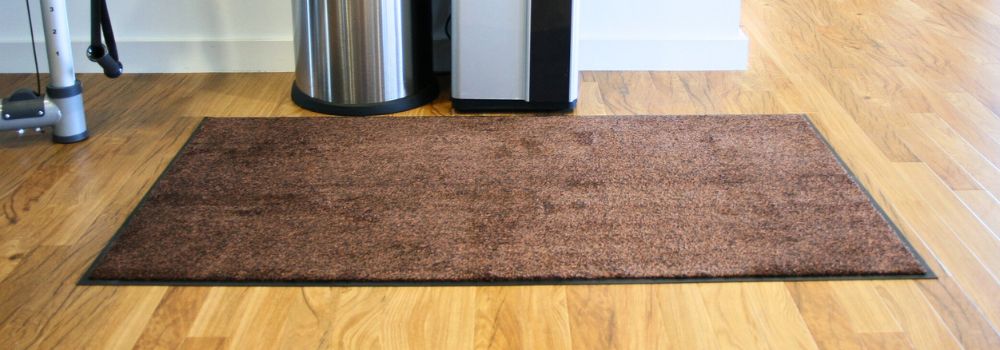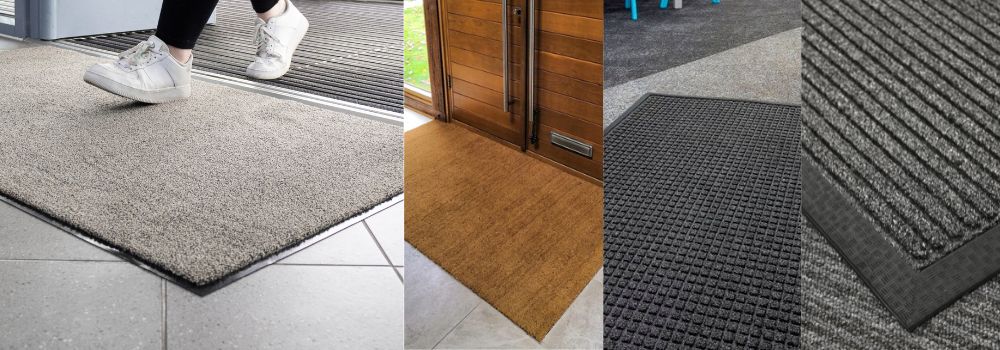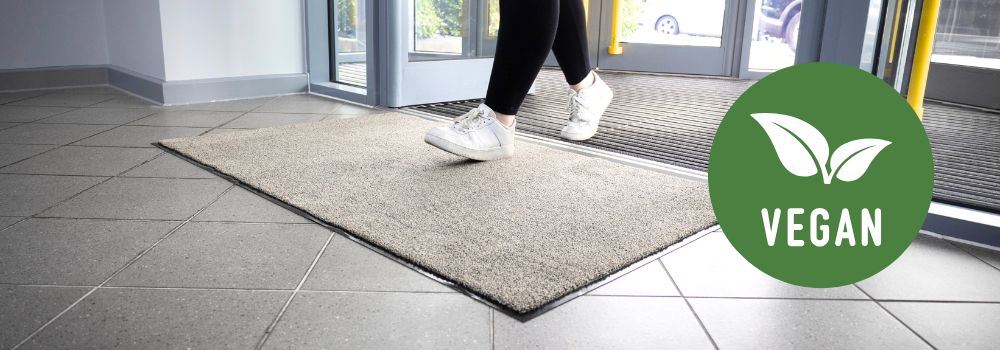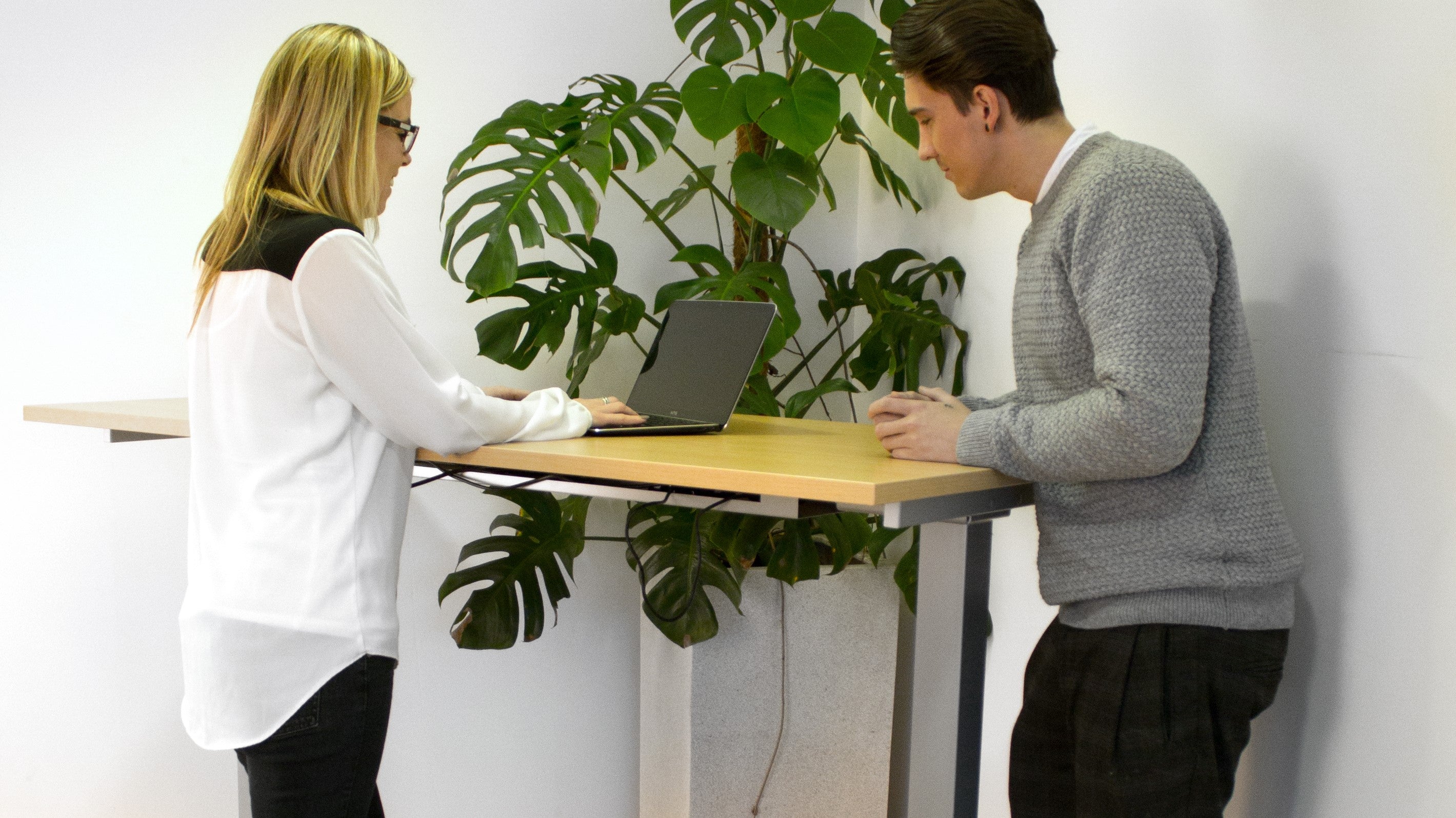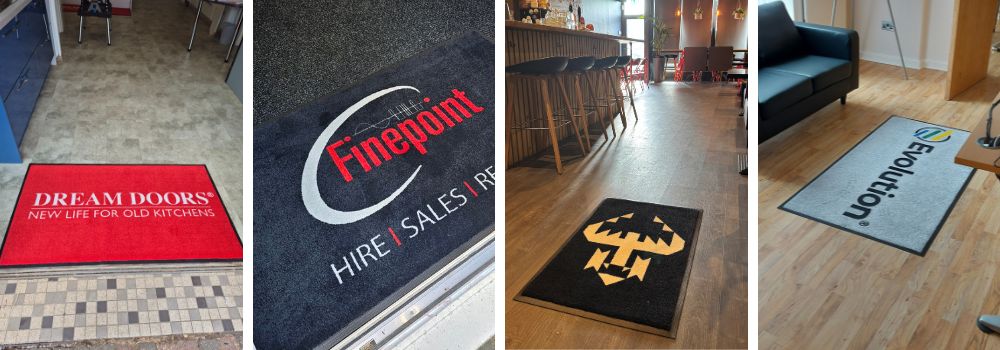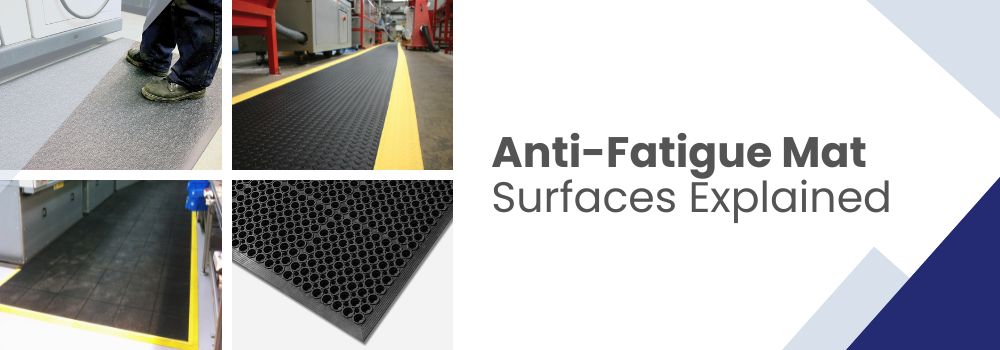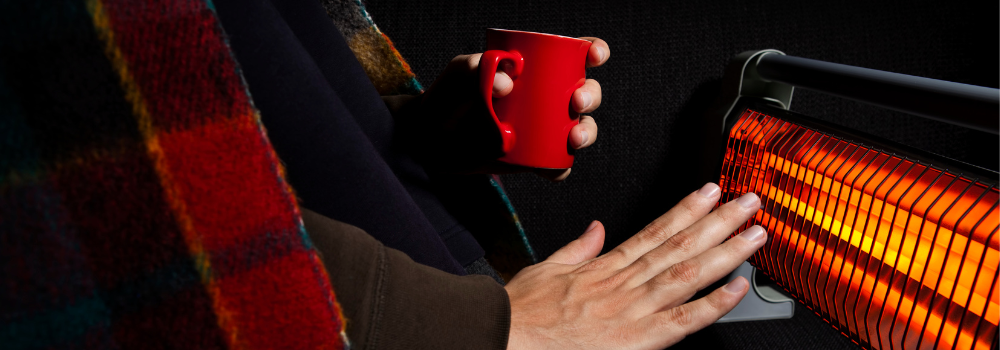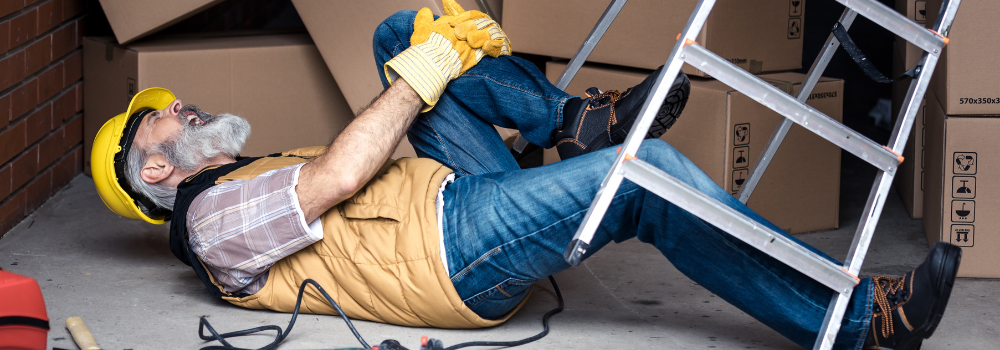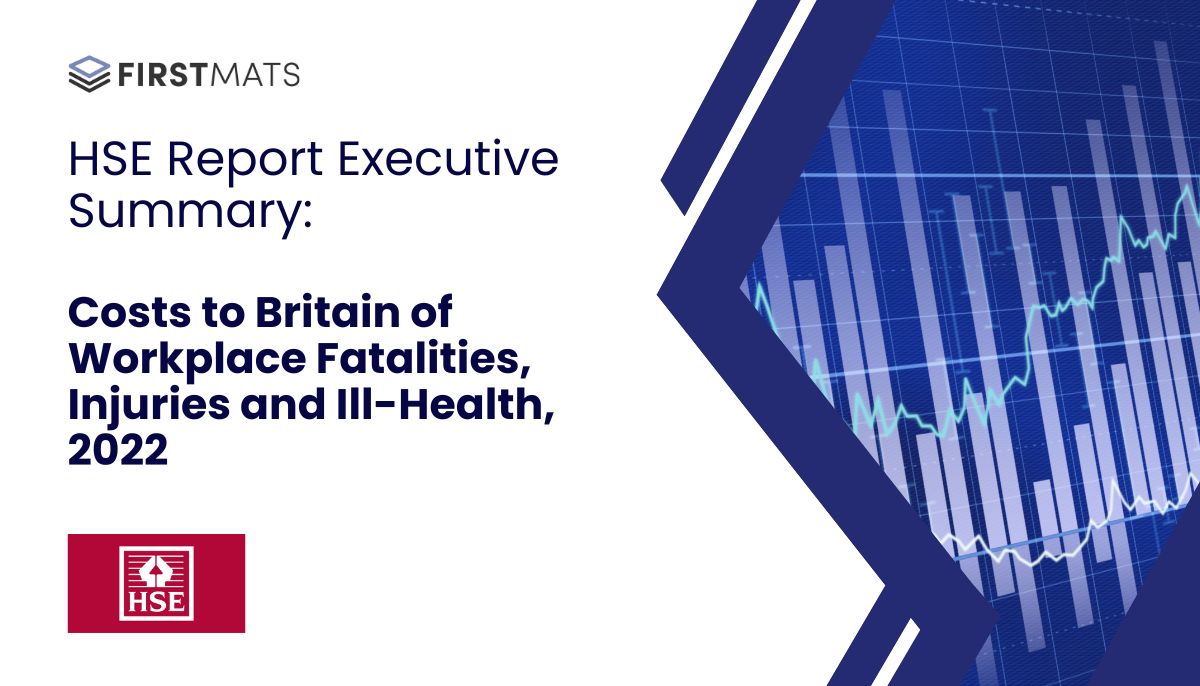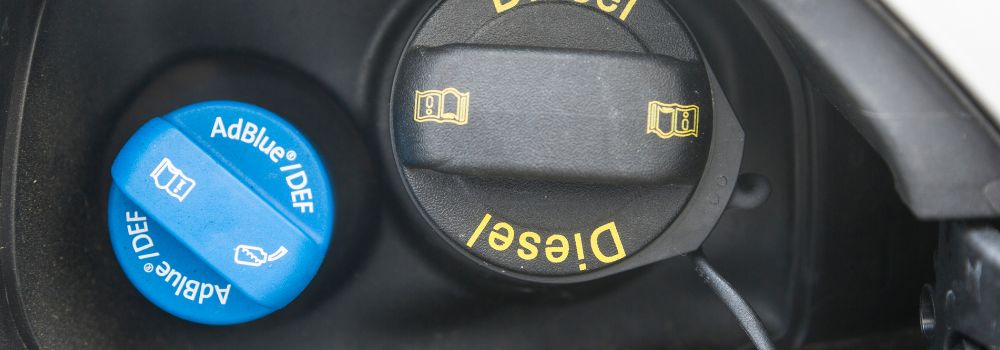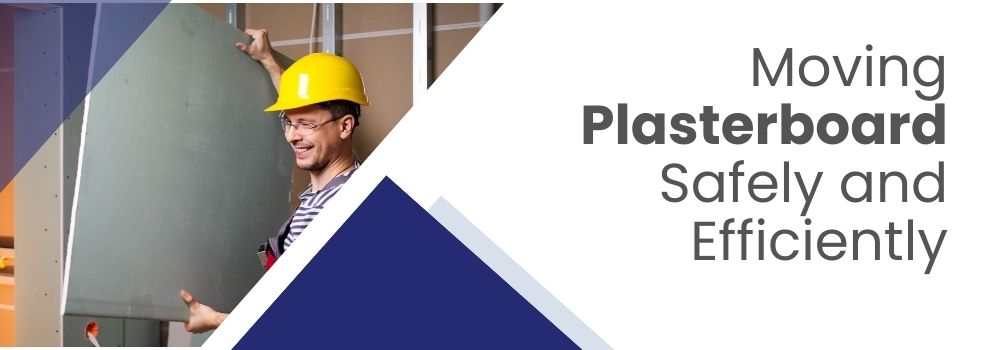What is the 1 to 4 Rule for Ladder Safety

by Richard O'Connor
Jun 18, 2020 | *4 minutes to readKnowing how to position a ladder properly before you climb up it is one of those life hacks, like dealing with a grizzly bear or a poisonous snake, that most people have an idea about – but this one’s a lot more useful to us in the UK and undoubtedly saves many lives every year.
How do you set up a ladder?
It’s all about the angle of the ladder against the wall. The magic number recommended by the HSE1 is 75 degrees so that the base of the ladder is set away from the wall at one-quarter of the working length of the ladder. Put another way: for every four metres of height you need to climb, place the base of the ladder one metre away from the wall the ladder is leaning against.
The rule is the same whether you’re setting up a short or a long ladder.
If the base of the ladder is too far from the wall and the angle is too small, the base of the ladder can slide out. If the ladder base is too close to the wall, there’s a risk that the ladder could tip over backwards.
Get it right, and you have a stable ladder that’s safe to climb and work from. Otherwise, there could be a nasty fall – in fact, ladders being incorrectly positioned is the most common cause of ladder accidents.

How do I check the ladder is at the right angle?
The best way to ensure you’ve got the correct 750 angle is to use a measuring tape - you just can’t tell by looking at it or going on past experience. Once you know the working height of the ladder (remembering that you won’t be working off the top three rungs), divide that by four to get the correct distance between the ladder feet and the wall. So, if your working ladder height measures six metres, divide that by four to get 1.5 metres; now, put the ladder base 1.5 metres away from the wall.
Alternatively, stand with your feet touching the ladder's base and hold one arm forward. If the ladder is at the correct angle, you should be able to touch the ladder's rungs at shoulder height.
What happens in real life when people set up ladders?
It’s a good question. We don’t have a lot of evidence, but there was one fascinating study in 2016 which may give us a clue2. Researchers watched cable installers in the United States set up their ladders during the working day and found they were setting up their ladders based on what looked right to them. But only 1% were actually placing their ladders correctly – most were favouring a much smaller angle of around 670.
Even that small difference almost doubles the friction needed to hold the ladder in place – the friction jumps by another seven per cent or so if the worker climbs the ladder at speed. So even little things can introduce real hazards.
Which Ladders does the 1 to 4 rule apply to?
The 1 to 4 rule applies to any ladder that leans against a wall, including a leaning ladder, an extension ladder and a telescopic ladder. At First Mats, we have an extensive collection of ladders and stepladders for commercial and domestic use, including several where this rule applies.
Can I adjust the angle to get to something that’s out of reach?
The short answer is no. Tempting as it might be to change the angle to allow you to reach a higher or lower spot, the ladder should reach the job you’re working on easily without you needing to adjust the ladder.
Is there anything else I should know?
If you follow the 1 to 4 rule, you’ll set up a ladder against a wall safely. And if you see a family member or neighbour attempting something unsafe while putting up Christmas decorations or unblocking the gutter, have a quiet word – you could be doing them a great favour.
See our full range of Industrial Ladders for more heavy-duty access products.
1 Safe use of ladders and stepladders INDG455. HSE
2 Straight ladder inclined angle in a field environment: the relationship among actual angle, method of set-up and knowledge. Ergonomics Journal, 2016
Explore More Topics
Frequently Asked Questions
If you have any questions, we’re here to help
How long does delivery take?
Each product comes with a specified lead time for delivery. We'll keep you informed if there are any delays in meeting this timeline.
Typically, once you’ve finalised your order and approved the proof, it will take 4-5 business days to make and deliver your finished mat.
If my order is damaged, can I return or exchange it?
Got a problem with your order? If something's not right or you're not thrilled with the quality, just let us know within 14 days of getting it. Drop us a line, and we'll tell you what to do next—usually, it starts with you sending us a photo of the issue. Once we check that out, we'll sort you out with a refund or a new item, no fuss.
Can I get my mat delivered more quickly?
Need your item in a hurry? Just Contact us to explore the faster delivery options we might have for you!
If my custom mat is damaged, can I return or exchange it?
Got a problem with your order? If something's not right or you're not thrilled with the quality, just let us know within 14 days of getting it. Drop us a line, and we'll tell you what to do next—usually, it starts with you sending us a photo of the issue. Once we check that out, we'll sort you out with a refund or a new item, no fuss.
























